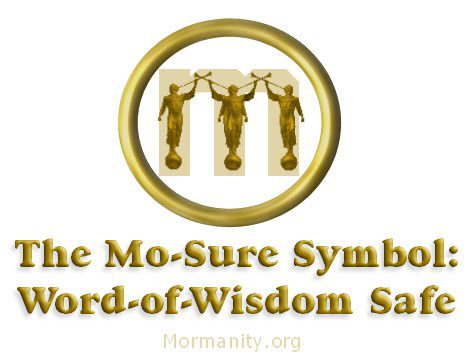“Current Biology, SMGF, and Lamanites” by Dr. Ugo Perego is essential reading for those wishing to know the latest on the controversy around DNA and the Book of Mormon. In this essay, you’ll learn a few things about the blindness that afflicts anti-Mormon critics, the complexity of the DNA issue, and some intriguing recent news from scientific research.
The author, a scientist with a Ph.D. in human genetics and Director of Operations and Study Research Coordinator at the Sorenson Molecular Genealogy Foundation, shows proper discipline in not making unfounded conclusions and in warning that much more work remains to be done. Here is one example, where a potentially exciting report from other respected scientists is put in proper perspective:
Much can still be said about haplogroup X2 in the Americas. In our paper, two sub-branches of the Native American haplogroup X2a have been classified as X2a1 with an estimated age of 9200-9400 years and as X2a2 with an estimated age of 2300-3800 years. A possible third X2a sub-branch (X2a3?) was identified among the indigenous groups of British Columbia in Canada, but there is not sufficient data at this time to confirm this hypothesis. Furthermore, we reported in this paper the discovery of a previously unidentified X2 lineage in an Ojibwa sample – which we named X2g – that has never been previously observed in Native American populations or elsewhere.
Lastly, a paper published on PLoS One in 2008 (Shlush et al.) provides important clues about the possible origin of haplogroup X: “No population or geographic region has been identified to date, in which haplogroup X and its major subhaplogroups are found at both high frequency and high diversity, which could provide a potential clue as to their geographic origin. Here we suggest that the Druze population of northern Israel may represent just such a population.”
Our paper in Current Biology does not discuss (and does not dismiss) a potential ancient origin for haplogroup X in the ancient Near East, as proposed by Shlush and Reidla (and their co-authors, including important names in population genetics such as Michael Hammer, Doron Behar, Toomas Kivisild, Richard Villems, Antonio Torroni, Alessandro Achilli, etc.), but we emphasize how this haplogroup marked a separate migratory event that characterized the history of Native American populations. Apart from anyone who believes haplogroup X to be the ultimate proof marking the arrival of Lehi’s group to the Americas (something that neither Woodward, nor myself advocate), the bottom line is that there is still much to research about the origin and dispersal of this and the other pre-Columbian lineages.










Jeff, the author didn’t make obvious tie ins (correlations) between his statements and the various points in the Native American/Lamanite/Israelite debate.
I am grasping the topics of “DNA bottle-necking” and the ideas of whether modern Jewish (Judah-ite) DNA has to correspond to ancient Joseph-ite DNA, and what populations existed in the Americas pre-Lehi, and what populations entered the Americas post-Moroni, etc.
But the above quoted portion goes a bit beyond that.
While I’m sure I could figure out what the quoted portion above means in itself, I’m still lost as to how it ties into the overall DNA-and-the-Book-of-Mormon discussion.
Could you, or another commenter, draw some lines between the various things mentioned in your quoted portion above and the simpler points of discussion viz-a-viz DNA-and-the-Book-of-Mormon?
The quoted author assumes too much previous knowledge on the part of this reader.
You might look into Proffessor Whitings talk on DNA and Book of Mormon evidence…it can be found on the LDS Voices blog or podcast…
Ugo Perego ably defends Woodward against Southerton’s dishonest attacks. This isn’t really about the DNA debate. It’s about people’s reputations.
Haplogroup X? with X2a and X2b? I think I spelled those in my Alphabet soup the other day….who knew?